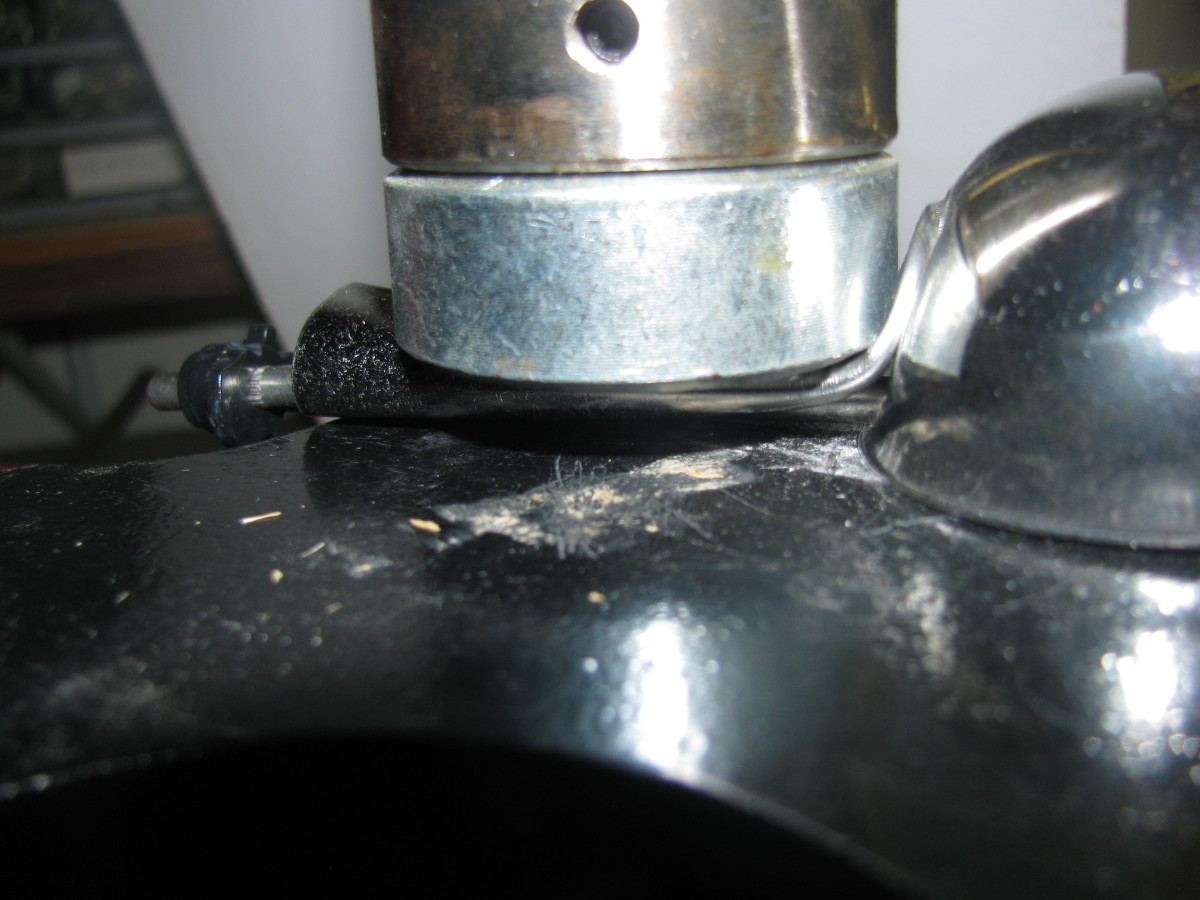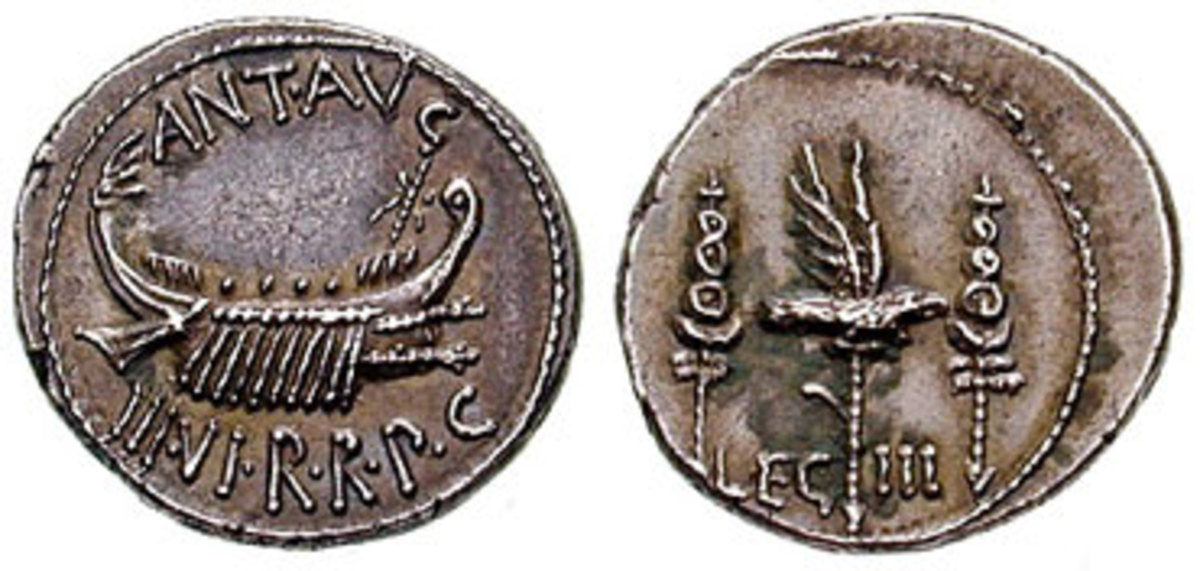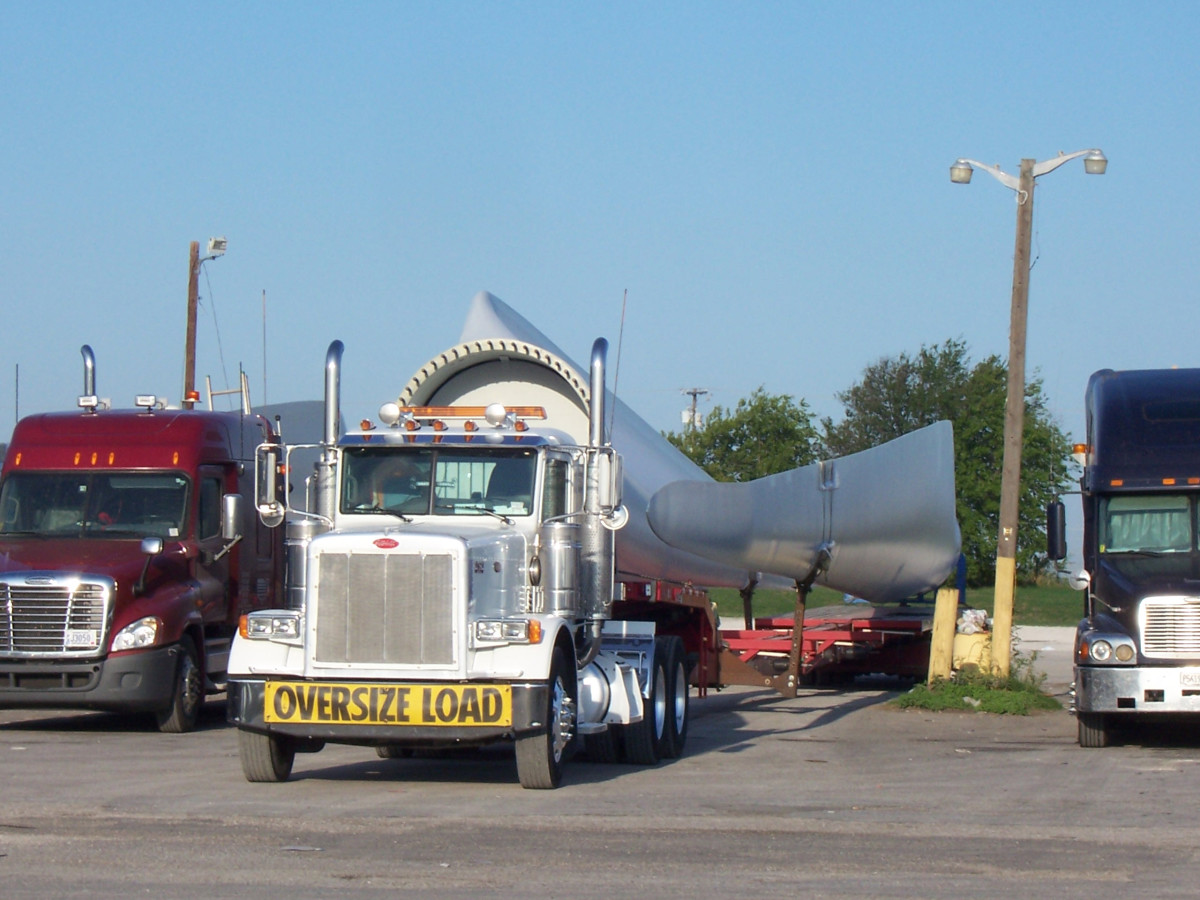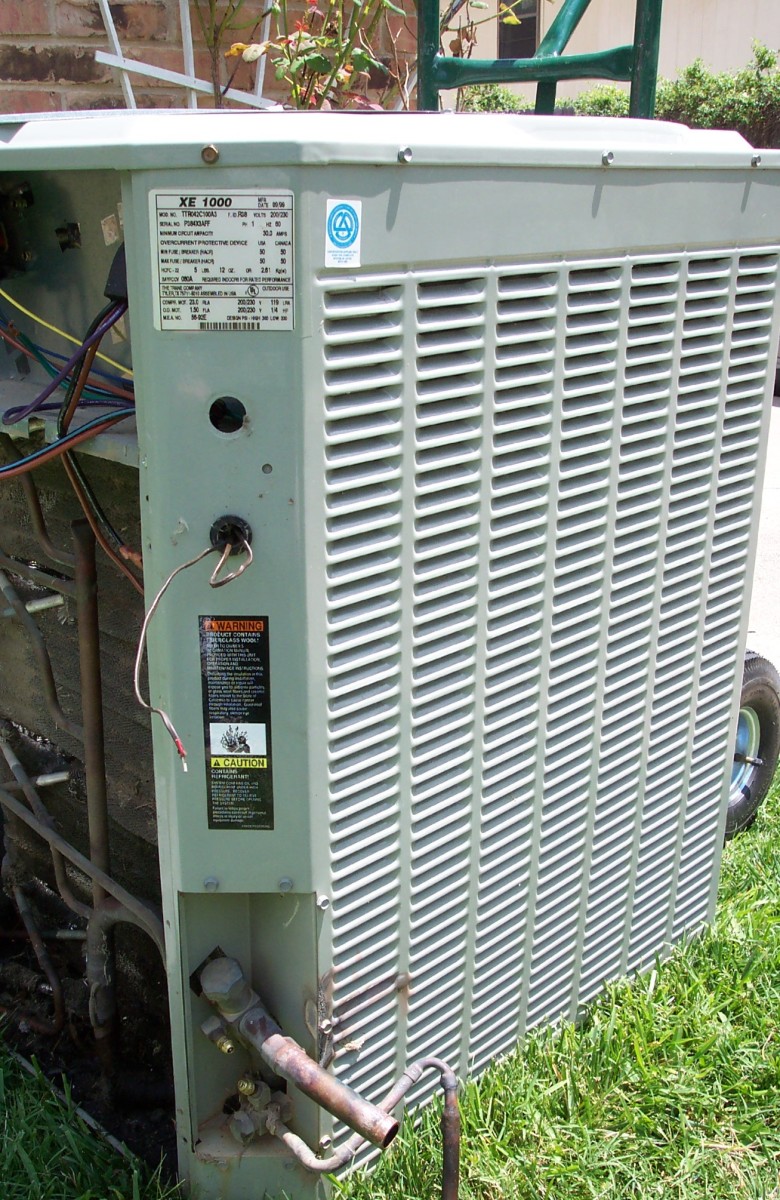An Overview of Industrial Boiler Standards
Boilers provide hot water, heated steam for warming buildings and even power. A number of organizations have issued standards for boilers for hot water, steam generation and power plants. The first group to issue boiler standards was the ASME, but other organizations have issued their own boiler and pressure vessel standards.
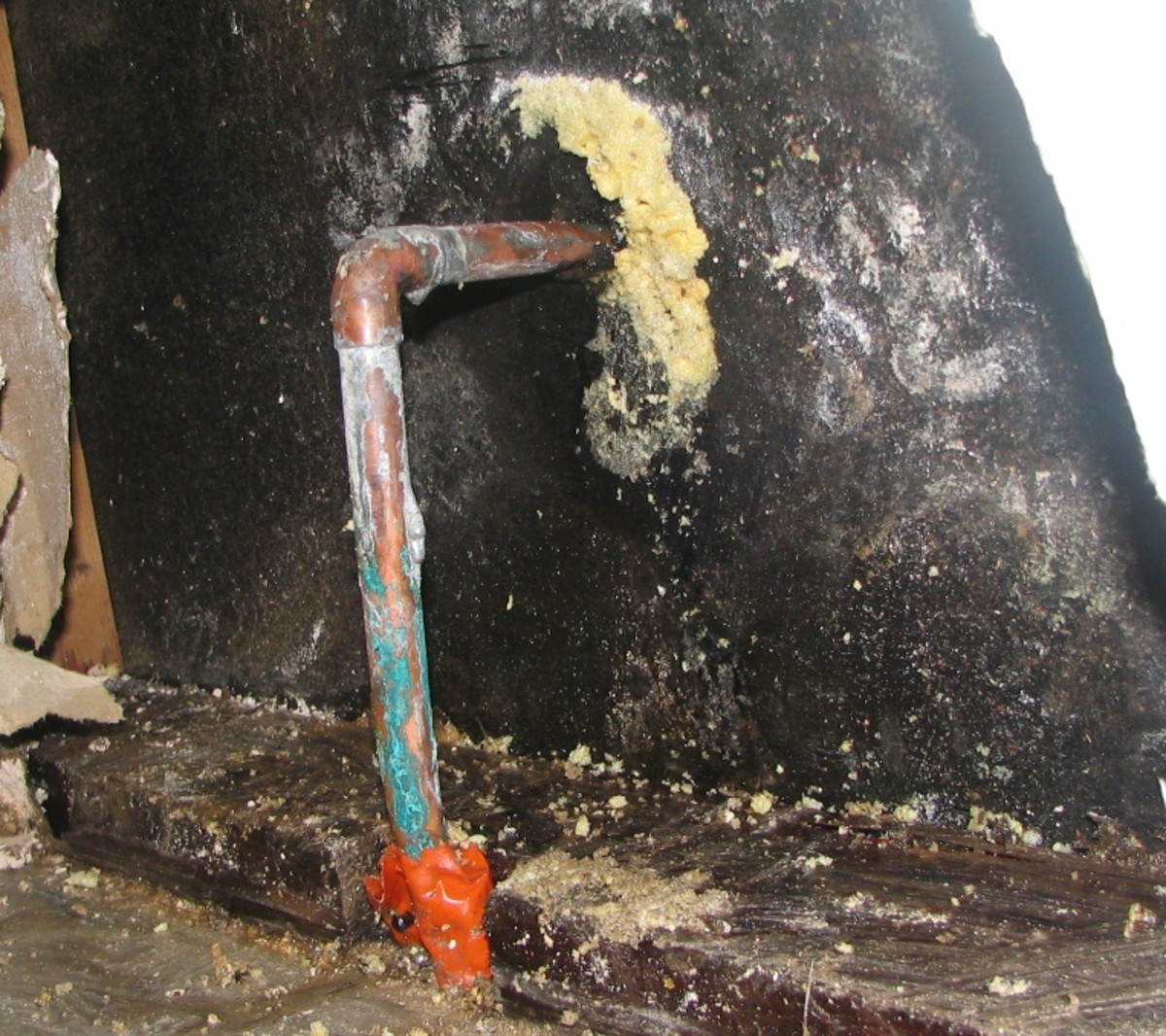
ASME Boiler Standards
The ASME BPVC is the ASME's Boiler and Pressure Vessel Code. The ASME BPVC applies to everything from boilers used in residential heating systems to boilers used in nuclear power plants. ASME’s BPVC controls everything from the steel and aluminum alloys that can be used to manufacture boilers to the safety valves to be used.
For example, ASME/BPVC 2382-5 sets the standard for the use of aluminum alloy with an F temper when used for hot water heating boilers. ASME/BPVC 2502 is the standard for aluminum alloy 6063-T5 used in manufacturing boilers for heating water.
According to ASME/BPVC 2706, copper alloy castings can be used for non-standard pressure parts used in hot water heaters. Some materials have pressure limits that dictate when they can be used. For example, per ASME/BPVC 2708, UNS S43932 is allowed in the construction of boilers but only if their working pressure is less than 160 PSI.
Valves for different purposes fall under different sections of the ASME BPVC. ASME/BPVC 2254 is for changeover valves located between safety valves and the boiler. ASME/BPVC 2529 is the standard for safety relief valves used on coil type heating boilers. ASME document CSD-1 lists the controls and safety devices that are necessary on boilers that are automatically fired. ASME CSD-1 is ANSI approved.
ASME’s boiler and pressure vessel standard also proscribes the measurement equipment used with pressure vessels. For example, ASME/BPVC 2715 covers the usage of glass bull’s eye water level indicators within electric boilers.
The ASME Boiler and Pressure Vessel Code and its supporting documentation contain a section covering older HVAC equipment that was built under prior versions of the code. ASME/BPVC 2595 addresses the allowed use of materials in the current ASME BPVC on older boilers.
ASHRAE Boiler Standards
ASHRAE standard 103 is the standard method of testing the fuel utilization efficiency of boilers and furnaces used in residences. ASHRAE 103 is ANSI approved. ASHRAE 4828 is the standard for condensing boilers used in hydronic heating systems.
ASTM Boiler Standards
ASTM A250 is the standard for ferritic steel alloy electric resistance boiler tubes. ASTM A178 is the standard for carbon steel superheater tubes that turn wet steam into dry steam. ASTM A192 is the standard for high pressure carbon steel boiler tubes. ASTM A209 is the standard for carbon-molybdenum steel alloy superheater tubes.
ASTM A213 gives the specification for seamless steel superheater and heat exchanger tubes. ASTM A249 is the standard for welded austenic steel used for heat exchanger and condenser tubes. ASTM A1020 is the standard for carbon manganese fusion welded steel tubes used in heat exchangers, condensers and superheaters.
ASTM A479 is the standard for stainless steel bars used in pressure vessels like boilers. ASTM D807 is the USBM embrittlement detector method. ASTM E2337 is the standard for determining the thickness of boiler tubing using mutual inductance.
ASTM D6823 gives the material specification for boiler fuels containing used lubricating oils. ASTM standard D6823 is ANSI approved. ASTM D6522 gives the method of determining the concentration of nitrogen oxide and carbon monoxide in the emissions from natural gas fired boilers.
ISO Boiler Standards
ISO 1129 is the ISO standard for steel tubes used in boiler and heat exchangers. This standard includes their dimensions and tolerances. ISO 16528-1 gives the performance requirements for boilers and pressure vessels. ISO 16528-2 describes the procedures the ISO recommends to meet the performance requirements in part 1. ISO 5667-7 outlines the water sampling plan for water used in boiler plants.

